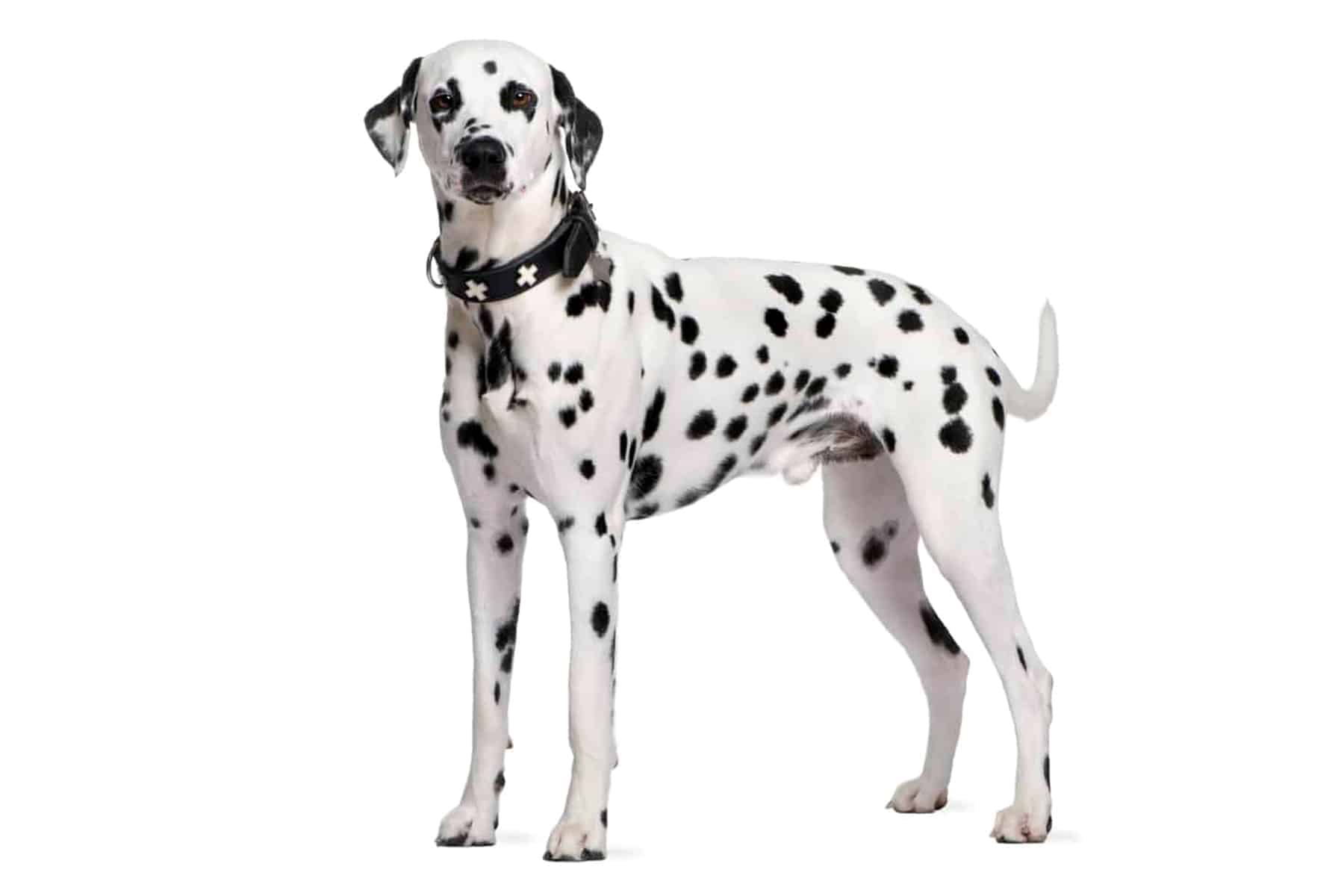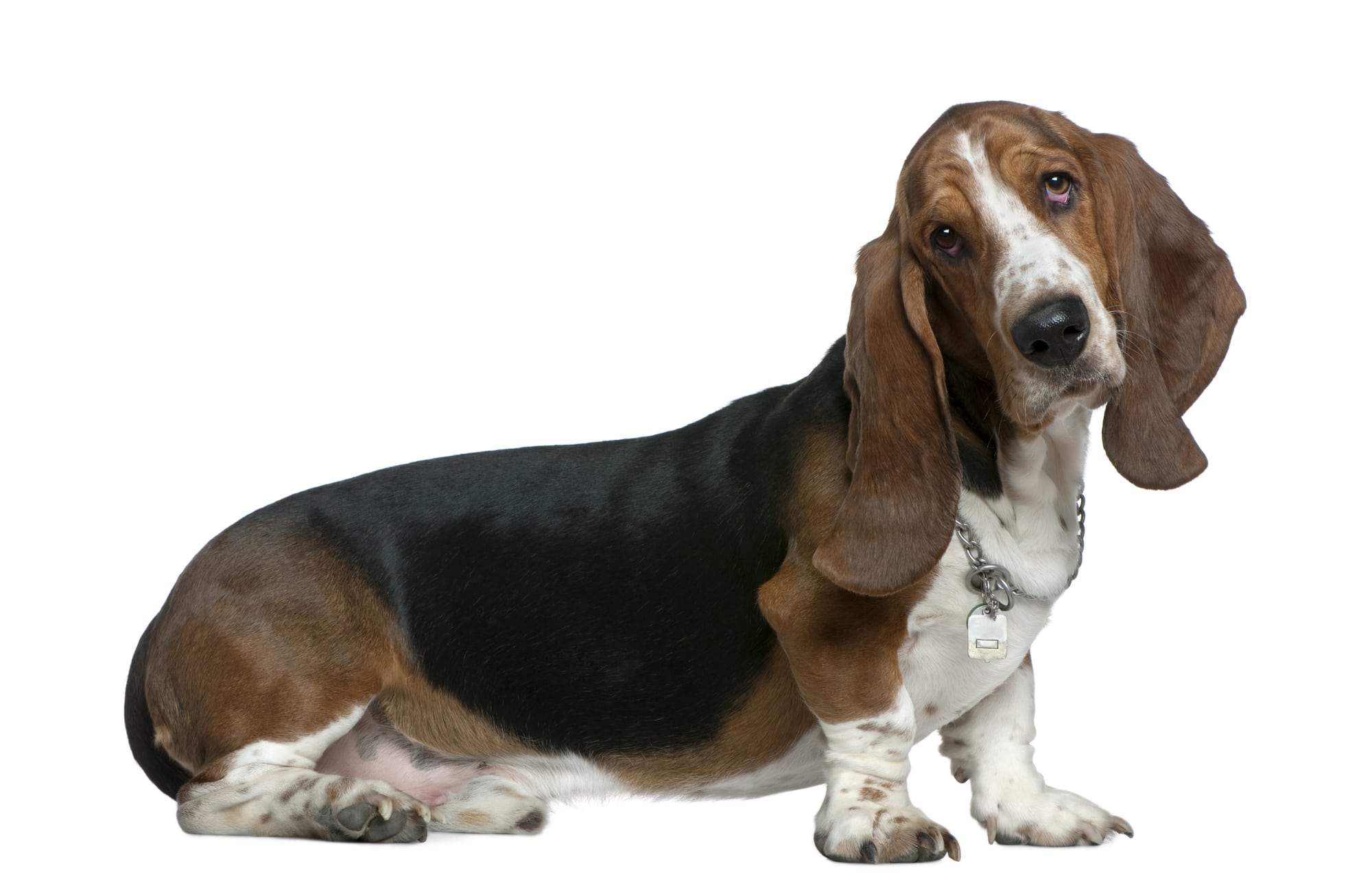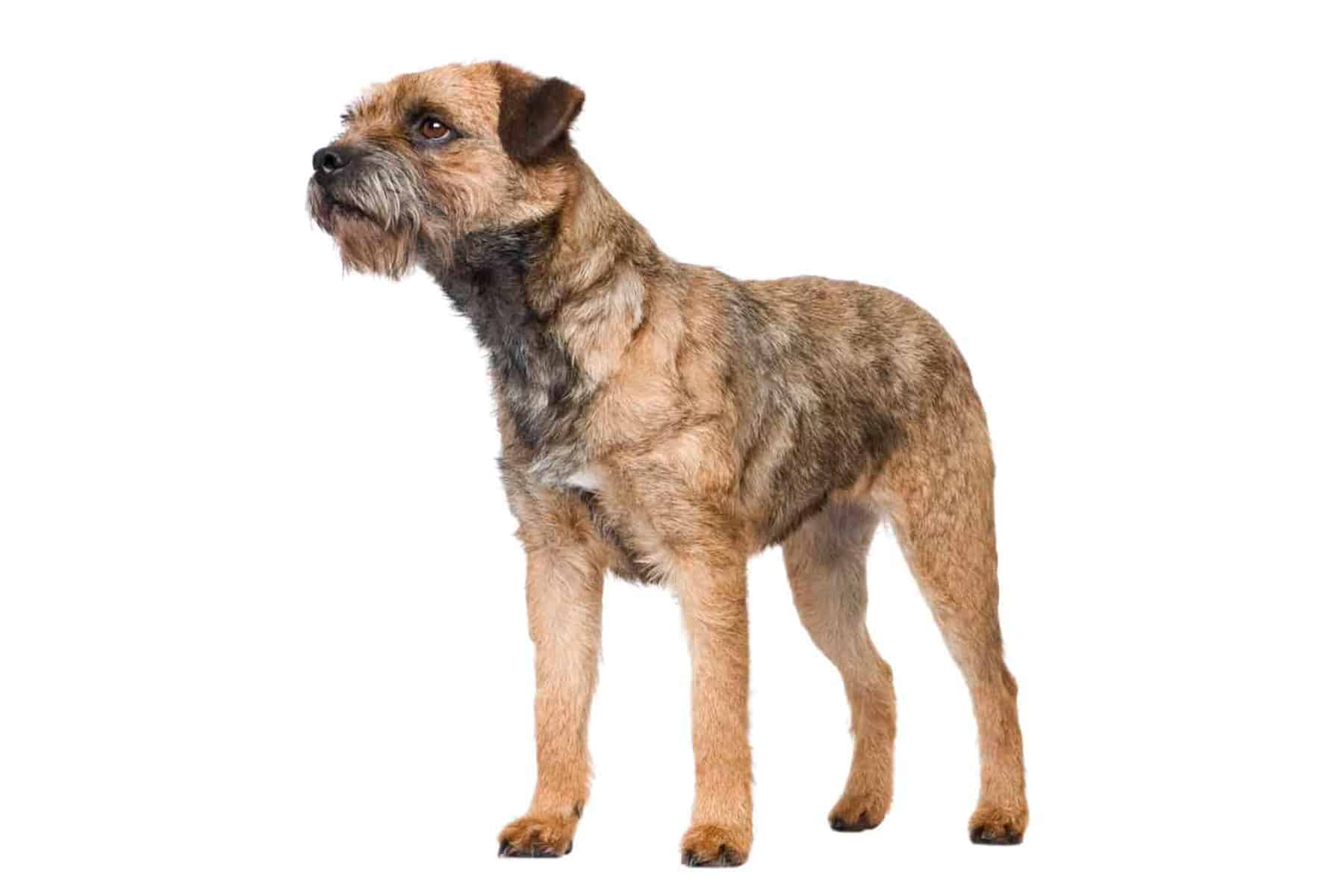Barbet
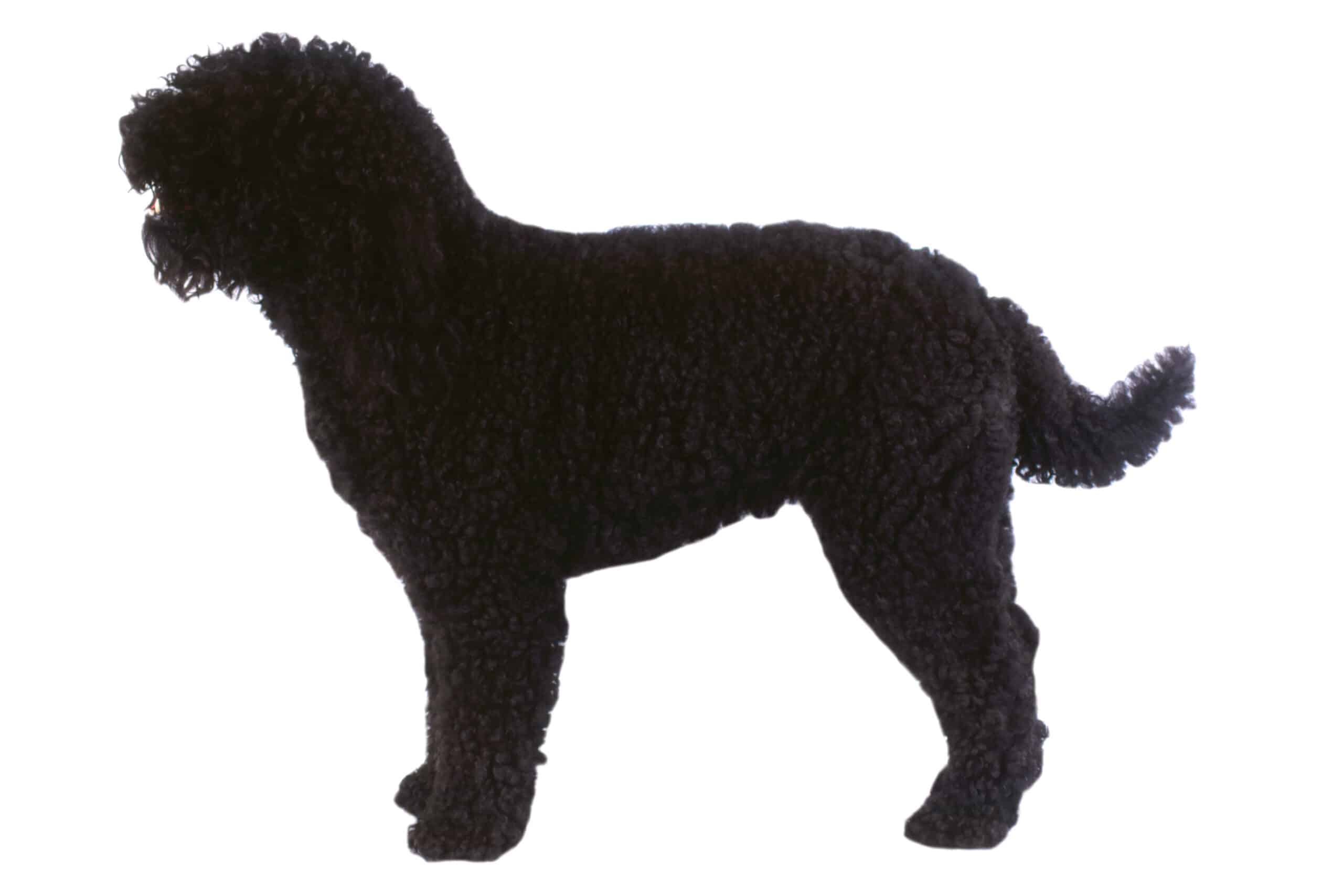
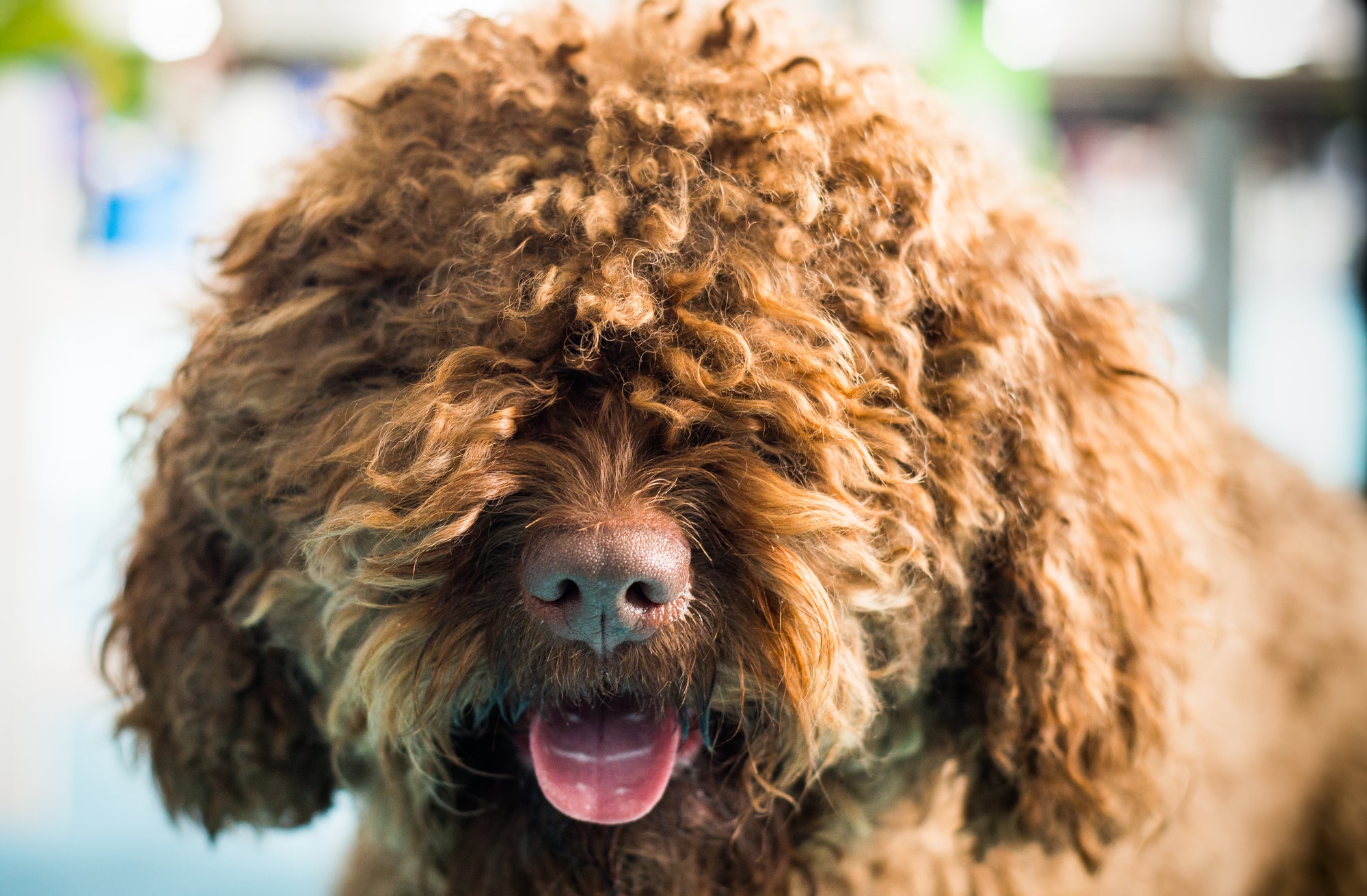
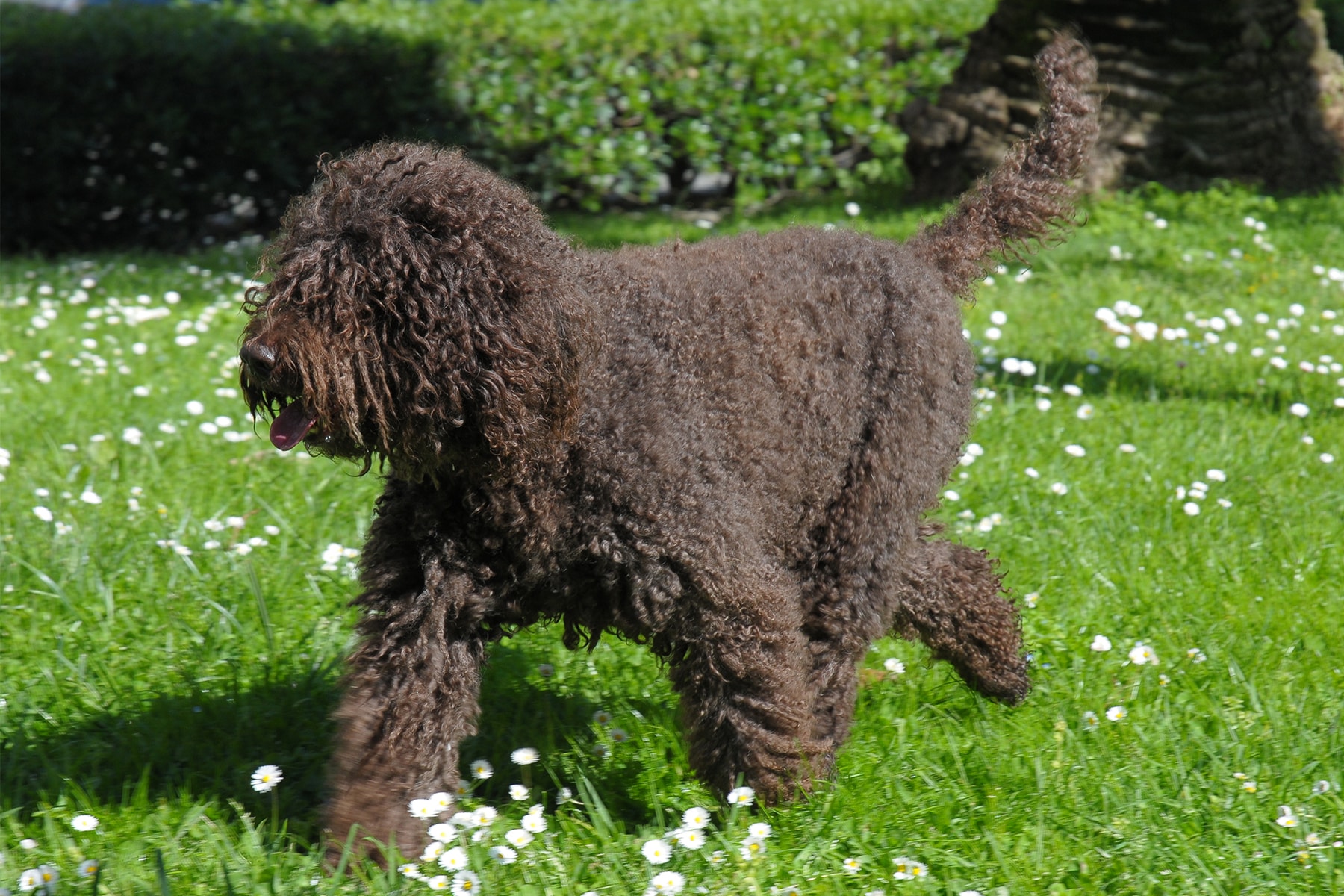
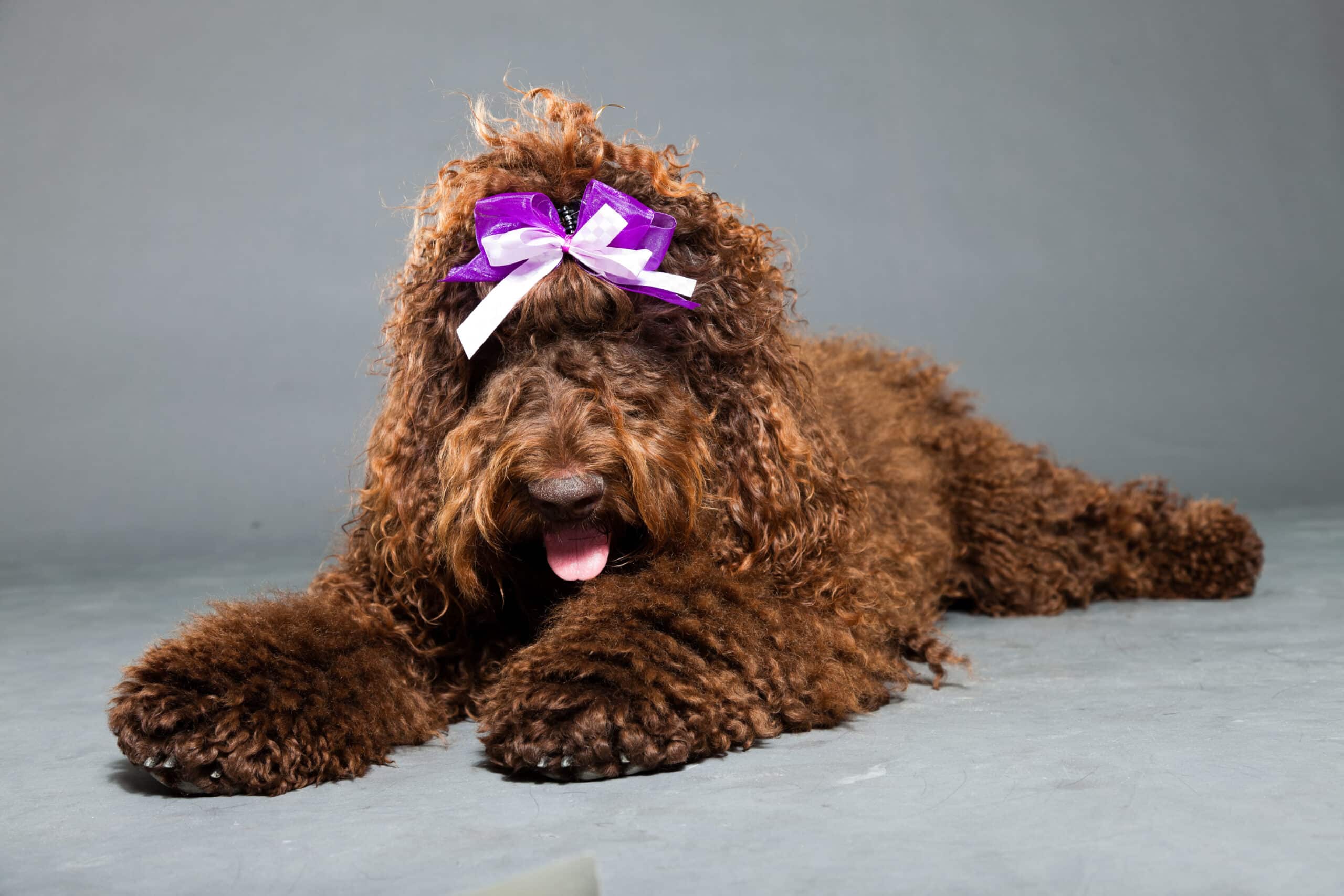
Temperament:
The Barbet combines a number of positive character traits. Above all, it is good-natured and intelligent. They are also always up for an adventure. These characteristics make it the ideal companion dog. However, his need for activity should not be underestimated. The French Water Dog needs to be kept busy in order to be balanced.
Characteristics
With a height at the withers of up to 65 cm in males, Barbets are large dogs with a compact build according to the standard. The ears are set low and drooping. The long coat is curly. The coat sometimes forms strands. It is therefore usually clipped in summer.
The dog has a typical fur beard under the chin and a "moustache" above the nose. This is where its name "Barbet" comes from. This means "bearded" in German. Its coat can be gray, black, fawn, sand, brown and white. There are more solid-colored barbets than piebald ones.
If you use this intelligent fuzzy head correctly, you will find it to be a versatile companion. Barbets are all-round friendly and balanced dogs. They are sociable and integrate well into the family.
The breed is always ready for something new and can hardly be disturbed. The dog is always loyal to its caregivers. Towards strangers, it tends to keep its distance. The Barbet will indicate anything unusual without, however, tending to bark alarmingly.
The Barbet is curious and eager to learn. These are the best prerequisites for uncomplicated training. This four-legged friend is also very sensitive and intelligent. It quickly recognizes any form of inconsistency. So stay consistent. Even if your Barbet seduces you with its charm.
Positive reinforcement and varied training show the best results with this sensitive dog. Take your Barbet to puppy playtime. Here you can introduce him to other dogs with different character traits. This often leads to friendships for life.
A visit to dog school not only helps to learn the rules of basic obedience in a playful way. Even long-time dog owners benefit from the socialization of their beloved four-legged friend.
In general, the barbet is suitable for hunting. When water hunting, it proves to be a good retriever. However, it is also suitable as a pointing dog. The Barbet can also be kept as a pure companion dog without any problems. However, it should then be kept busy in other ways.
The versatile fur nose is suitable for all forms of nose work. This includes search games and mantrailing. Dog sports such as agility are also recommended. Of course, he is also an indispensable companion for hiking and jogging.
However, make sure that the sporting activities are adapted to your Barbet's level of training. Training should be limited, especially with young dogs. This intelligent four-legged friend is not only enthusiastic about sport and hunting. The Barbet also demonstrates its talents as a therapy or guide dog.
Coat care:
Shedding:
Energy level:
Trainability:
Children suitable:
The right food
Feed your Barbet appropriately. This dog needs a lot of meat in its bowl. Regardless of whether you feed wet or dry food, meat should come first. It is best to start by feeding your puppy the food you know from the breeder.
Once your dog has settled in with you, you can gradually mix more and more of the new food into the usual food. This will prevent hypersensitivity reactions. This method has also proved successful with adult dogs.
When it comes to treats, you should focus on meaningful rewards. These include dried meat snacks or dental treats.
Treat your furry friend to dog chews or dry chews from time to time. Chewing bones are a real treat for your dog. With large four-legged friends like the Barbet, it is important to let your dog rest after eating. This prevents a life-threatening stomach torsion.
It is best to feed your dog after a walk and before a cozy nap. Pay attention to the dog's waistline despite its luxuriant coat. If you are unsure, weigh your dog every few weeks. This way you can counteract overweight at an early stage.
Don't forget that your barbet must have access to drinking water at all times.
Health & Care
The Barbet has a fuzzy, natural coat. It is relatively easy to care for. However, if your Barbet has a longer coat, you should brush it thoroughly at least once a week. This will prevent matting.
Search your long-haired Barbet daily for small twigs or leaves. These easily get caught in the fuzzy fur. Also take the opportunity to look in his ears. Barbets are prone to ear infections. You can prevent this by keeping the ears as free of hair as possible.
If they are dirty, you can use a special ear cleaner for dogs. You should consult your vet at the first sign of inflammation.
If the coat is very dirty, you can clean it with a special dog shampoo. Although Barbets, as water dogs, love the cool water, you should practise this ritual from puppyhood.
In summer, you can have your pet clipped. This is a great relief on hot days and you should treat your Barbet to it. Many owners also do the clipping themselves at home. Also trim claws that are too long, as your Barbet could get them caught somewhere painful.
Suitable accessories
The utensils for ideal grooming of beard hair are very important. This includes a comb with coarse, rotating teeth. This is used to comb through the entire body evenly. A small comb with fine teeth helps to remove tangles. It is also ideal for daily combing of the beard and ears. This keeps these areas clean and tangle-free.
A wooden handle comb with long teeth is suitable for removing knots from the coat when styling. A so-called "MatSplitter" is a "special tool" for cutting through very thick felt. This can accidentally injure the dog if it wriggles around or twitches spontaneously.
A dog hair dryer is also a sensible purchase. This can dry the dog completely in 20 to 30 minutes. This has the advantage that the undercoat is also dried well. This means that the Barbet does not start to smell after water sports.
Wipes are suitable for ear care. Always proceed very carefully to avoid injury. If you want to cut your dog's nose short, you will need a clipper with clip-on heads. If you are not yet confident about trimming, a dog groomer will be happy to help you.
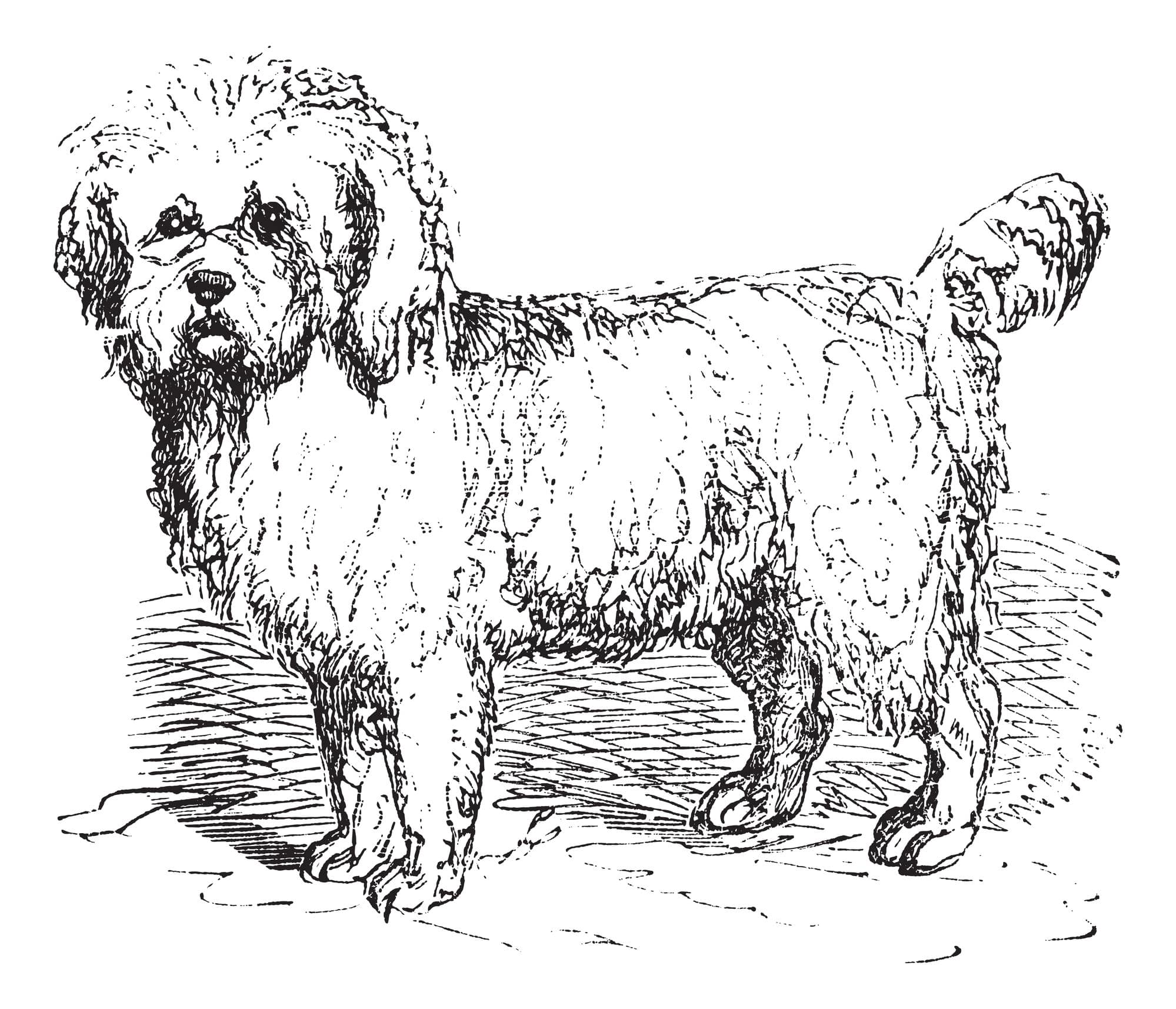
Origin & History
The origin of the "water dog" lies in Africa. It was probably brought to France from there by the Arabs.
In France, dogs similar to the Barbet have been known to farmers on the French coast since the Middle Ages. Here they guarded the house and farm. They were also reliable hunting companions for the "common people". Other hunting dogs were reserved for the nobility.
The "water dog" mainly hunted swans and ducks. Gradually, the term "Barbet" came to be used for these dogs throughout Europe. At times, "Barbet" was even a collective term for dogs with wavy hair that were used for water hunting.
Towards the end of the 19th century, these French ancestors of the Barbet were considered almost extinct. Only a few poachers and farmers still kept the curly four-legged friend.
However, the Barbet gradually recovered from the 1970s onwards, mainly due to its friendly nature. Today, there is a stable population of this breed. Even today, the "French water dog" is still used as a helper when hunting waterfowl. Increasingly, however, it is also being kept purely as a family dog.
Although the Barbet is a rare dog, it has had a great influence on the dog world. The breed was involved in the creation of many hunting dogs, such as the Pudelpointer or the Irish Water Spaniel. The Briard is also thought to have originated from a cross between the Barbet and the Picard. Whether the poodle is also descended from the fuzzy Barbet is unfortunately not clearly documented.
